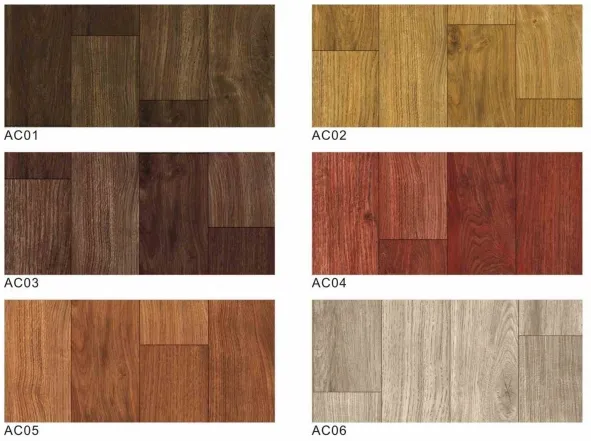Durable and Stylish Moldings for Commercial Flooring Solutions to Enhance Your Space
The Significance of Commercial Floor Molding A Comprehensive Overview
When it comes to commercial flooring, every detail counts. One often overlooked element that plays a crucial role in the aesthetic appeal and functionality of commercial spaces is floor molding. Floor molding not only serves decorative purposes but also provides protection and a finished look to flooring installations. This article delves into the importance of commercial floor molding, its types, materials, and benefits.
Understanding Floor Molding
Floor molding, also known as baseboards or trim, is the material that runs along the base of a wall where it meets the floor. It serves multiple purposes, including covering gaps, protecting walls from damage, and enhancing the overall appearance of the room. In commercial settings, floor molding is particularly vital as it can contribute to the overall branding and image of a business.
Types of Commercial Floor Molding
There are several types of floor molding used in commercial settings, each with its unique advantages
1. Standard Baseboards These are the most common type of molding and come in various heights and styles. They are often made from wood, MDF (medium-density fiberboard), or PVC, allowing for versatility in design.
2. Quarter Rounds These are rounded strips that cover the joint between the floor and the wall. They provide a smooth transition and can help in hiding imperfections in the flooring installation.
3. Cove Base Often used in commercial environments where cleanliness is paramount, cove base molding curves up from the floor to the wall, eliminating any crevices where dirt or moisture could accumulate. This type is particularly popular in healthcare facilities and kitchens.
4. Transitional Molding This type is used to cover the gap between two different types of flooring, such as transitioning from carpet to tile. It ensures a smooth transition while also reducing the risk of tripping hazards.
5. Chair Rail Although primarily decorative, chair rail molding can also contribute to protecting walls in high-traffic areas.
Materials Used in Commercial Floor Molding
The choice of material for floor molding is crucial and can affect durability and maintenance
. Some common materials includecommercial floor molding

- Wood Offers a classic look and can be stained or painted. However, wood can be susceptible to moisture and may require more maintenance. - MDF An economical choice that provides a smooth finish for paint. It is less durable than wood but highly versatile for different designs.
- PVC Extremely durable and water-resistant, making it ideal for high-moisture environments. It also requires minimal maintenance.
- Rubber Often used in commercial spaces due to its slip-resistant properties and ease of cleaning, making it an excellent choice for areas with high foot traffic.
Benefits of Commercial Floor Molding
Investing in quality floor molding offers numerous advantages for commercial spaces
1. Aesthetic Appeal Well-chosen molding can complement a business's design theme and create a polished appearance. It can enhance the style of the room while allowing for a cohesive design throughout the space.
2. Protection Floor molding safeguards walls against scuffs and damage from furniture and foot traffic. This is particularly important in busy environments where wear and tear are inevitable.
3. Easy Maintenance Properly installed molding can make cleaning easier as it reduces the accumulation of dust and dirt in the corners between the wall and floor.
4. Sound and Thermal Insulation Some types of molding can help in reducing sound transmission between rooms and improve thermal insulation.
5. Compliance with Regulations In certain industries, having the proper floor molding can help ensure compliance with health and safety regulations, particularly in environments where cleanliness is crucial.
Conclusion
In summary, commercial floor molding is a small but vital component that enhances the functionality and aesthetic of any commercial space. By understanding the different types and materials available, businesses can make informed decisions that reflect their brand and meet their practical needs. Whether it’s enhancing a retail environment or maintaining cleanliness in healthcare settings, the right floor molding can significantly impact a space’s overall appeal and functionality. Investing in high-quality floor molding is not just about visual enhancement; it's about creating a durable, safe, and welcoming environment for both employees and customers alike.
-
SPC Vinyl FlooringJul.18,2025
-
Home SPC FlooringJul.18,2025
-
Heterogeneous Sheet Vinyl: The Ultimate Commercial Flooring SolutionJul.15,2025
-
Dry Back LVT Flooring: A Durable and Stylish Flooring SolutionJul.15,2025
-
Click LVT Flooring: A Stylish and Convenient Flooring SolutionJul.15,2025
-
SPC FlooringJun.24,2025




